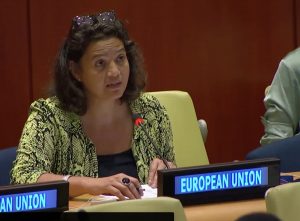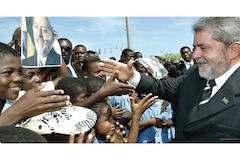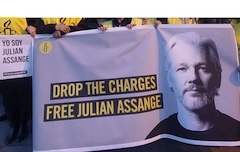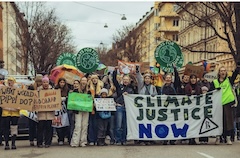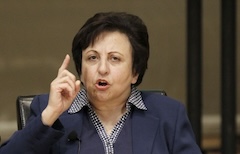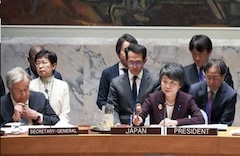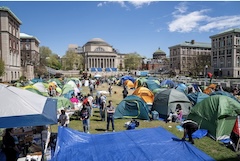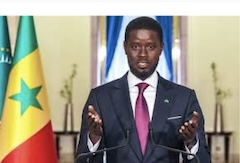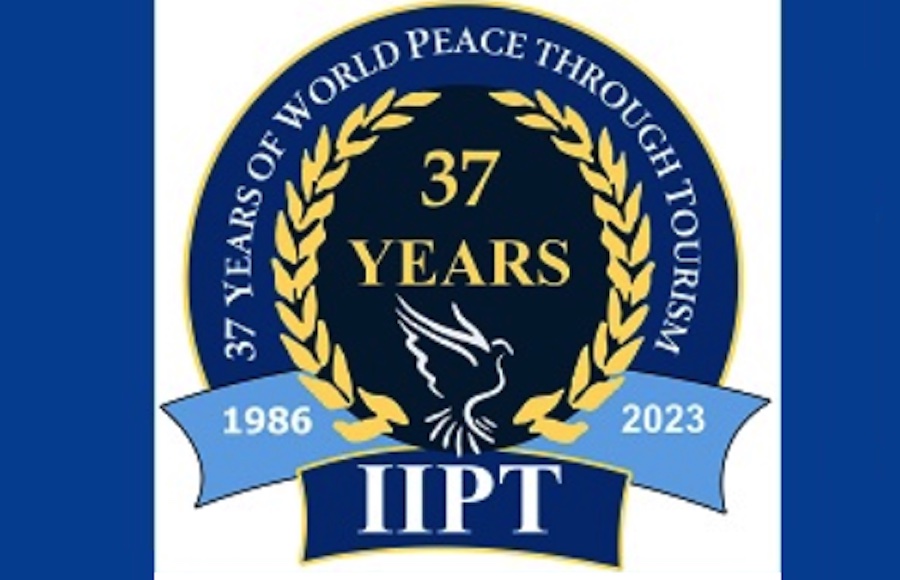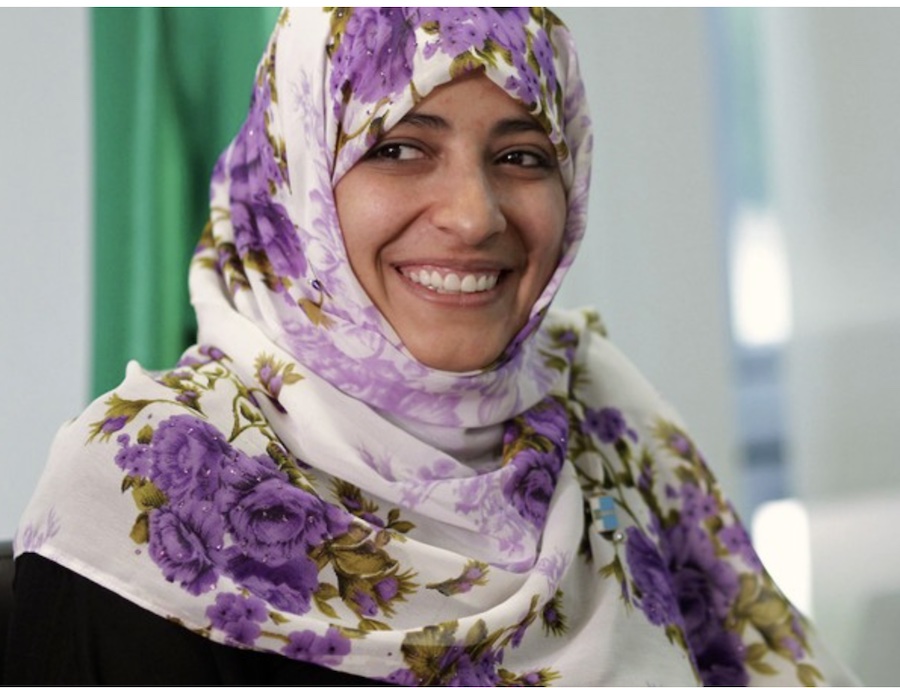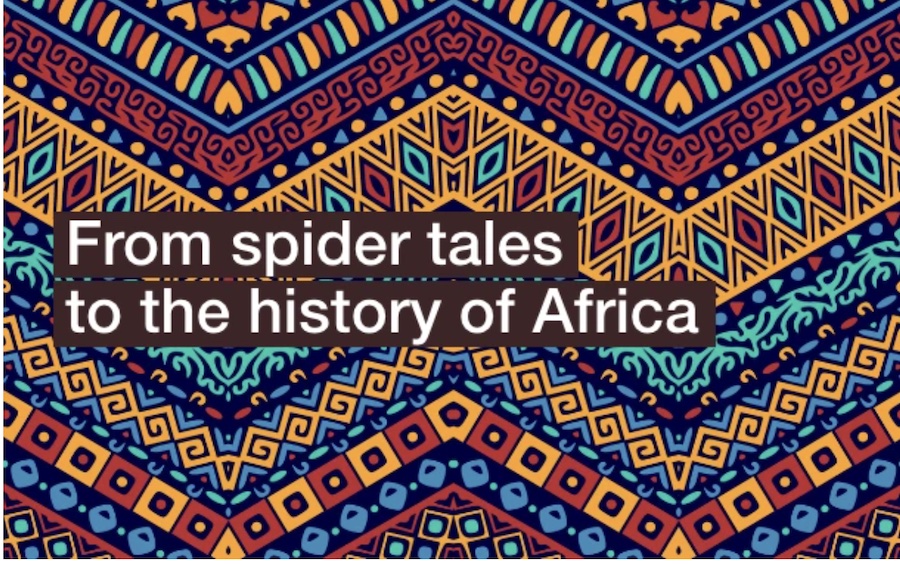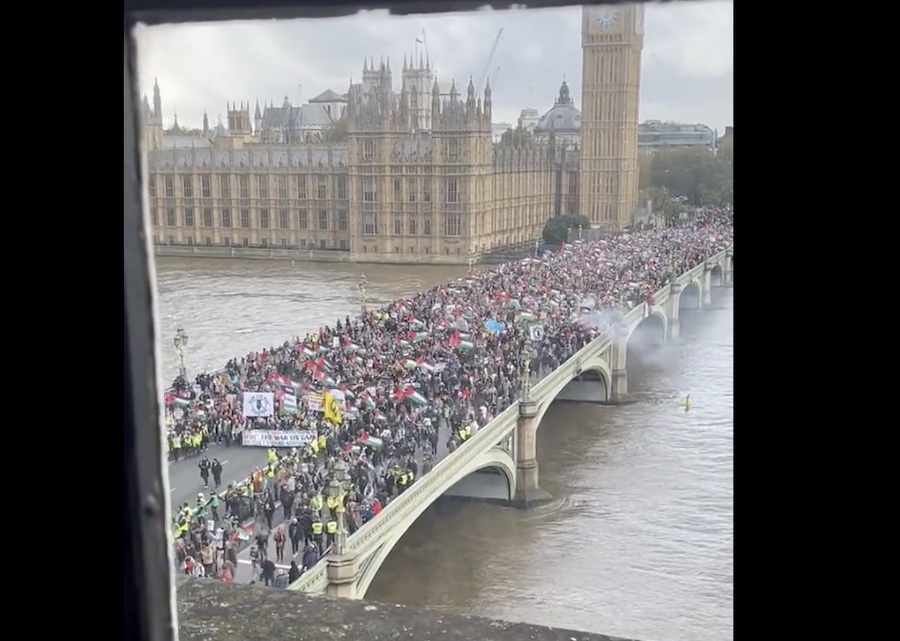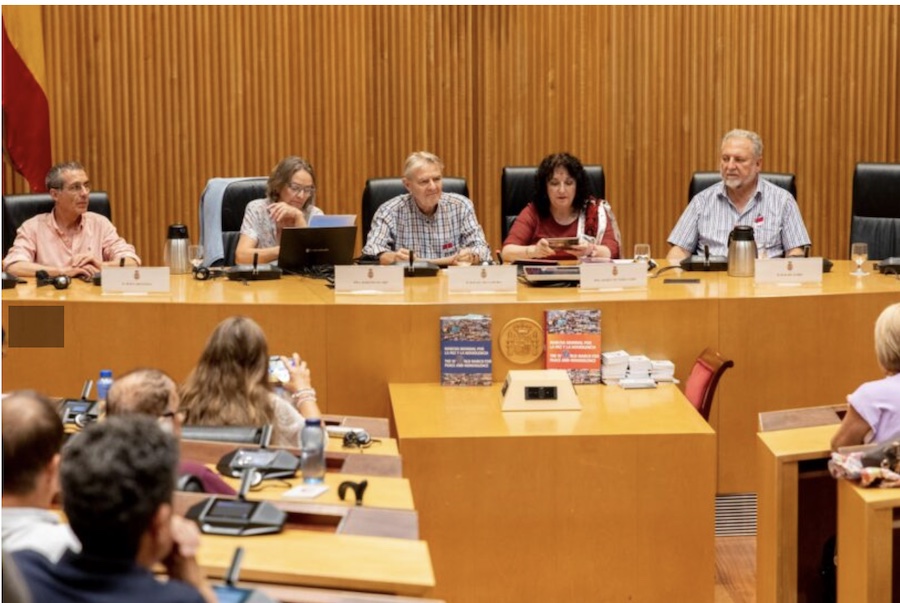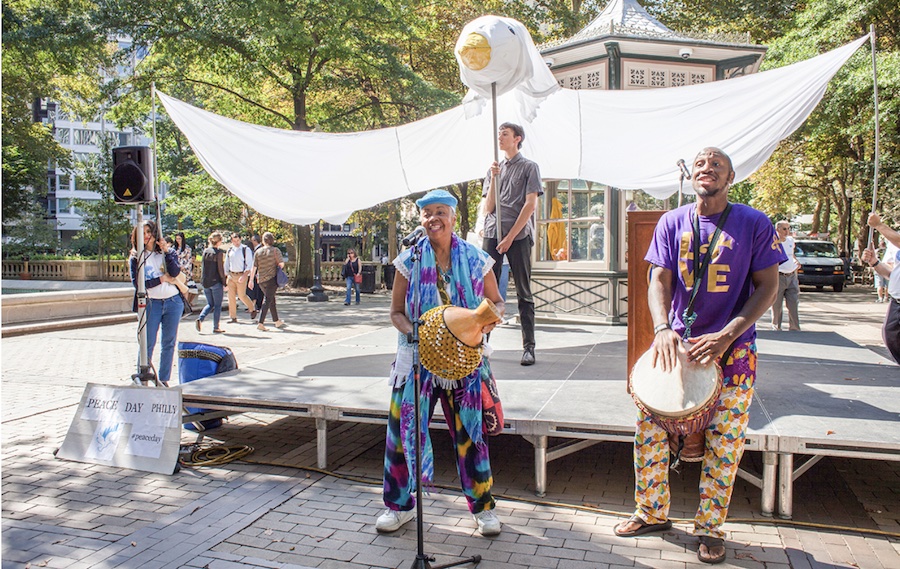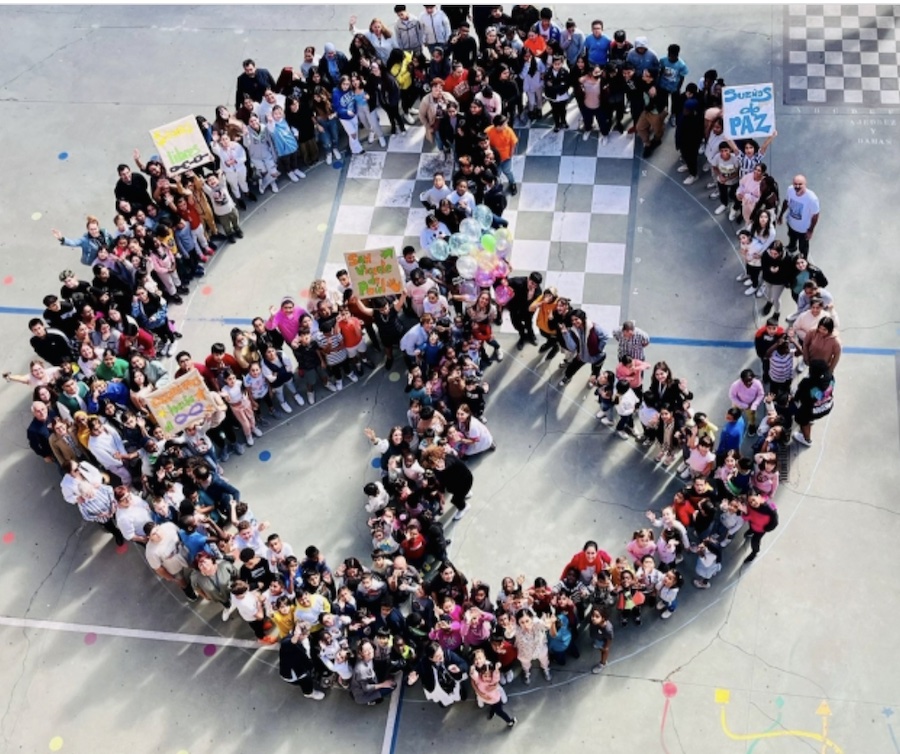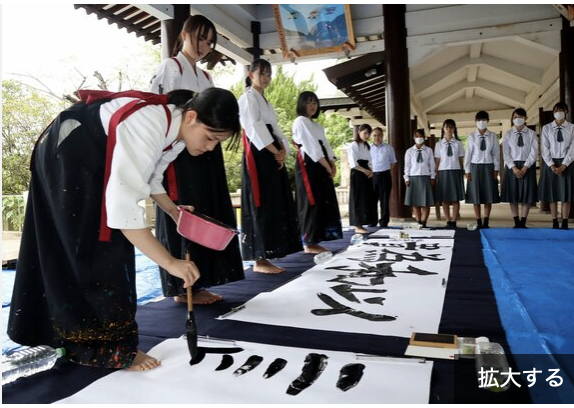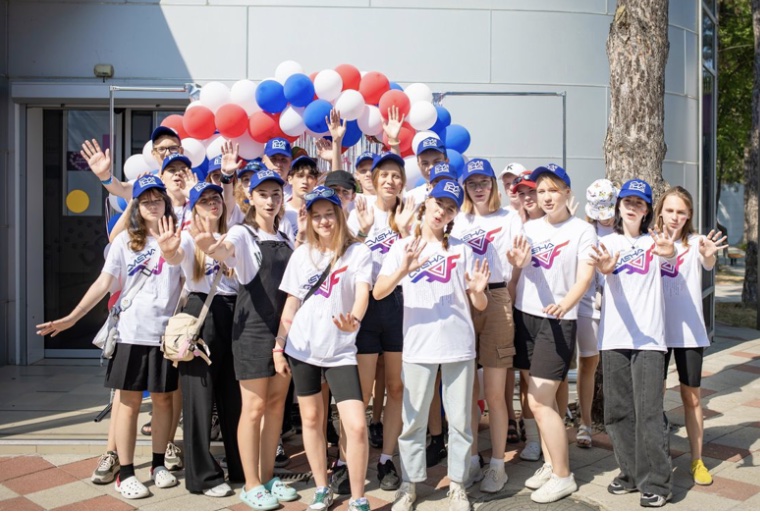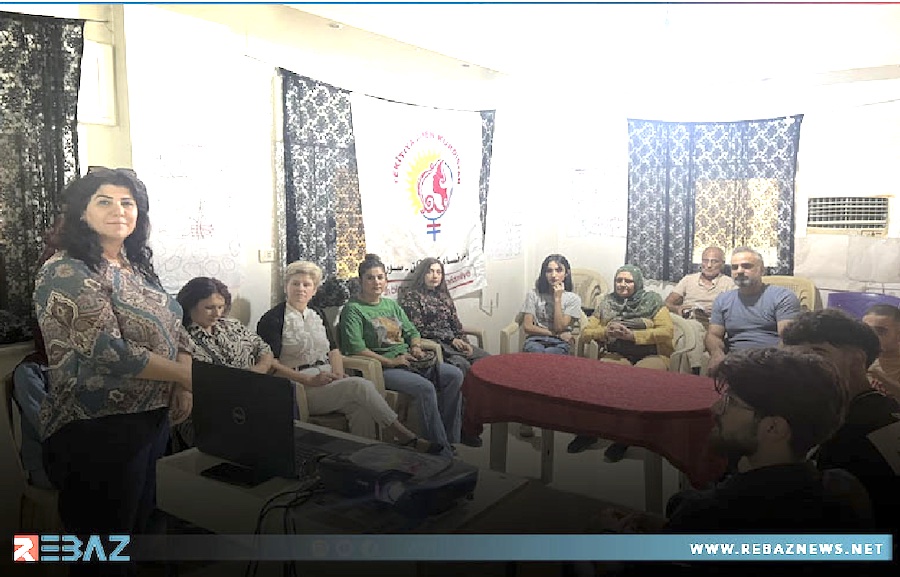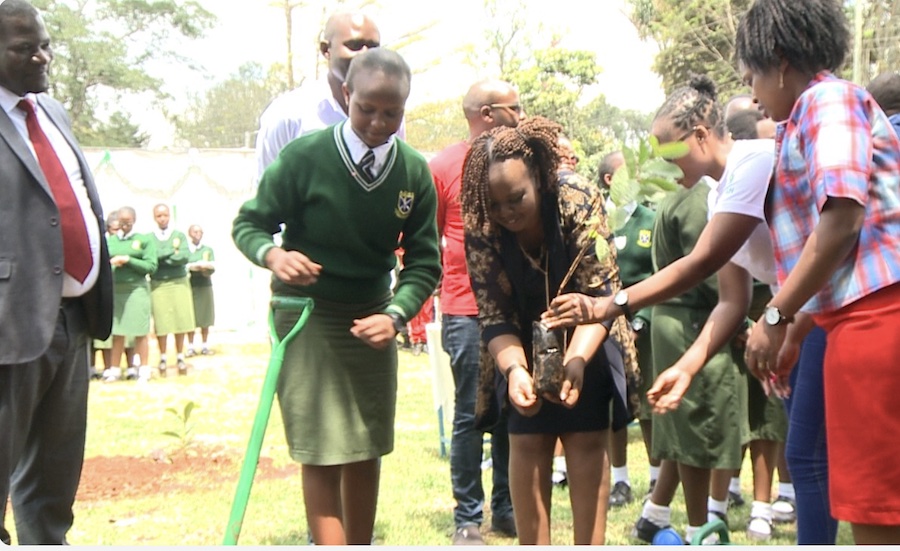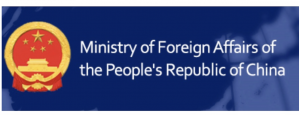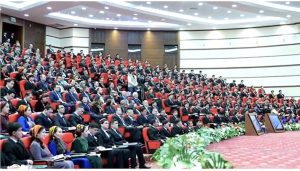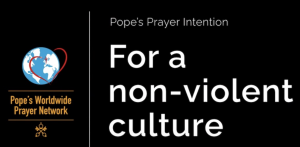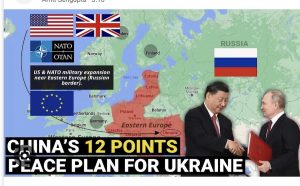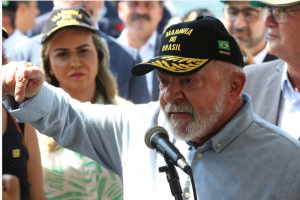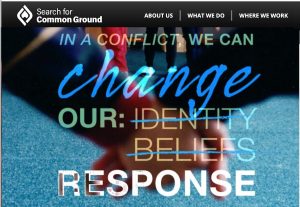The menace of the culture of war continues to grow, but, in response, the peoples’ movements for peace and justice also keeps growing.
In one of the largest single-day nationwide demonstrations in U.S. history, nearly seven million Americans took to the streets on October 8, 2 million more than June, in over 2,700 cities and towns for the No Kings Day of Peaceful Action.
In response to this historic day of action, the No Kings Coalition issued the following statement: “Today, millions of Americans stood together to reject authoritarianism and remind the world that our democracy belongs to the people, not to one man’s ambition,” said Ezra Levin and Leah Greenberg, Co-Founders, Indivisible. “Authoritarians want us to believe resistance is futile, but every person who turned out today proved the opposite. This movement isn’t about a single protest; it’s about a growing chorus of Americans who refuse to be ruled. Trump may want a crown, but in this country, there are no kings.”
At CPNN we carried photos of demonstrations in all 50 of the United States, including those in small towns where a high percentage of the population turned out. In many cases, these were towns where the majority had voted for Trump.
Among the speakers was Senator Bernie Sanders. In a recent article, he said “History has always taught us that real change never takes place from the top on down. It always occurs from the bottom on up. It occurs when ordinary people get sick and tired of oppression and injustice—and fight back. That is the history of the founding of our nation, the abolitionist movement, the labor movement, the civil rights movement, the women’s movement and more.”
What will come next? There is even talk of a general strike in the United States.
In Europe there were massive demonstrations in solidarity with the Palestinian people who are being massacred in the Israeli genocide.
In London, the Palestine Solidarity Campaign, organised demonstrations against Israel’s genocide in Gaza, along with the Muslim Association of Britain, Friends of Al Aqsa and Palestinian Forum in Britain among others. More than 600,000 people joined the march on October 11. Protestors carried Palestinian flags, banners calling for an end to UK arms sales to Israel and placards demanding accountability.
In Spain, tens of thousands of students walked out of classrooms in cities and towns across Spain on Thursday, October 2, to protest Israel’s ongoing US-backed genocide in Gaza and abduction of Global Sumud Flotilla members, dozens of whom are Spanish. Demonstrations took part in at least 39 cities and towns, varied in size from small groups to thousands who turned out in Barcelona and the capital Madrid, where students held banners with messages like “Stop Everything to Stop the Genocide,” “All Eyes on the Global Sumud Flotilla,” and “Free Palestine!”
In Italy, on September 22, approximately one million people across Italy staged a general strike in support of Palestine and the Global Sumud Flotilla, offering a vision of solidarity sharply at odds with the one displayed by European leaders at the United Nations . Ports, train stations, and major junctions were shut down as workers, many of whom members of the grassroots union Unione Sindacale di Base (USB), brought the country to a halt.
In Paris, an international mass meeting against war and genocide took place on Sunday, October 5. Four thousand people, including delegations from nineteen countries, filled out the Dome de Paris. The arena was a sea of Palestine flags and flags of socialist and anti-war organisations.
As Palestinian activist Mazin Qumsiyeh explains,”this global uprising (intifada) will not stop until freedom, justice, and equality are attained.” because the temporary ceasefire in Gaza and the release of some Palestinians in a prisoner exchange is not a “peace agreement”. Instead, it is a fake “peace agreement” and what needs to be done is to apply boycotts, divestments, sanctions (BDS) on this rogue state that violates the International conventions (Geneva convention, Conventions against Apartheid and Genocide). BDS was used against apartheid South Africa and needs to be applied here also. (see bdsmovement.net.
HUMAN RIGHTS
Again in the USA: No Kings Rallies in all 50 States |
SUSTAINABLE DEVELOPMENT
Global Campaign to Demand Climate Justice (DCJ) |
DEMOCRATIC PARTICIPATION <  Mayors for Peace Action Plan (2025–2029) |
WOMEN’S EQUALITY
The Struggle for Peace of Syrian Women, ICIP Peace in Progress Award 2025 |
TOLERANCE & SOLIDARITY
More than half a million march in London to demand lasting peace in Gaza |
EDUCATION FOR PEACE
Mexico: Equality and Inclusion Secretariat and Viral Network Launch Call for Participation in the “Hip Hop for Peace” Project |
When Maria Corina Machado Wins the Nobel Peace Prize, “Peace” Has Lost Its Meaning |
FREE FLOW OF INFORMATION
Spain: Four Days of Activities for Peace |
